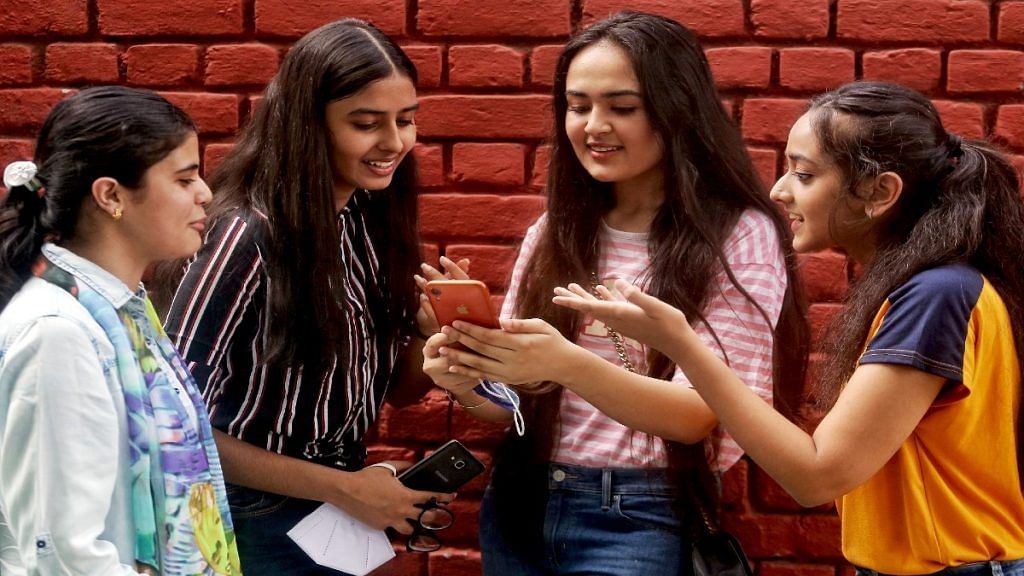New Delhi: English is still the dominant language used online in India, and this is limiting rural women’s access to social media, according to a paper commissioned by Meta (formerly Facebook).
The paper, written by Bengaluru-based firm Sattva Consulting, is titled ‘Connect, Collaborate and Create: Women and Social Media During the Pandemic’. Meta had announced it on 2 December, and it focuses on how social media has impacted women in India during the Covid-19 pandemic, which limited physical interactions and forced people to go online.
According to insight from Meta, 91 per cent of Indian women use English for online communications. Hindi is used by just 6 per cent women users in India, while Bengali is used by 1 per cent.
The insight comes from a Meta tool called Facebook Audience Insights, a feature meant for businesses to better target content and advertise to users.
The findings noted in the paper come from “secondary research”, which includes sources like news reports, and research from universities. The findings are supported by “select one-on-one interviews” with women who are journalists, online urban entrepreneurs, domestic workers, “urban and rural homemakers”, and university students.
Also Read: Can the Hindi novel keep up with social media? Its new readers are signalling a revival
‘Stark gender imbalance’
The paper notes that India has around 500 million internet users. But there is a “stark gender imbalance in social media usage”, where males make up 67 per cent social media users in India and only 33 per cent are female.
It adds that 26 million women started to use the internet in just 2019.
The reason women are not using social media or the internet as much as men is because fewer women own a device that can access the internet, and women are not digitally literate enough to access the internet or use platforms like social media.
The paper notes that these issues impact more women in rural India than urban. “Currently, women from urban areas constitute the major portion of social media users… Upper-class women in urban areas are more aware about data privacy and cyber security compared to those from low-income backgrounds or rural areas,” it says.
“Currently, online communication and content is in English with an absence of regional languages. As per Facebook Audience Insights, 91 per cent of female users in India use English, followed by 6 per cent who use Hindi and 1 per cent, Bengali,” it adds.
The paper then explains, “Such women can’t read terms and conditions of social media use, privacy updates and other app updates in English”, which is stopping them from “meaningfully accessing social media platforms”.
A domestic worker, Poornima, is quoted in the paper as saying, “I cannot read English. Due to language barriers, I haven’t seen the settings of the apps or created a social media profile on my phone. I don’t know about the app policies as these are also in English. It becomes difficult for me to sign up on these platforms without taking some help from my family.”
In this way, women who are not fluent in English may also not be able to gain economic benefits of using social media, the paper says. For instance, domestic workers utilised social media platforms to “upskill and diversify their income stream”, and stay-at-home women used social media platforms to “develop new skills”, it adds.
(Edited by Gitanjali Das)
Also Read: No English? No problem. How non-English speakers in India are using their smartphones
